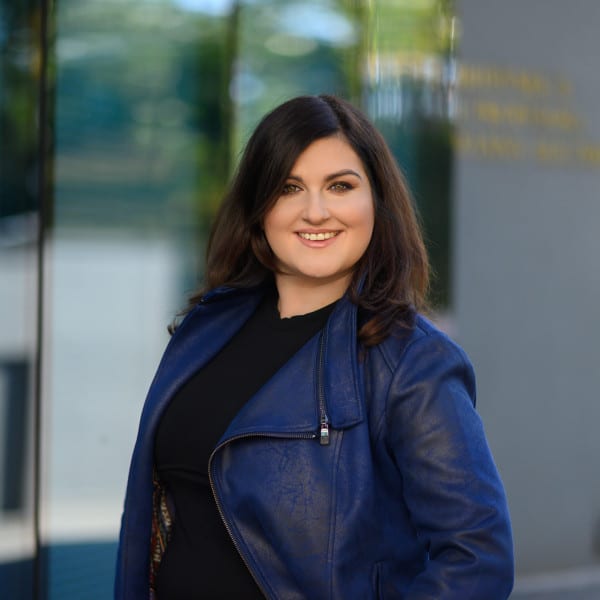Creativity, Agency and the Power of Dialogue – How Topaasia Helps People Act, Not Just Talk
“Creativity isn’t only about making new things. It’s about agency — the ability to act and respond to change.”
– Monika Sońta, Assistant Professor, Kozmiński University
Meet Monika Sońta – Researcher of Human Creativity in the Age of AI
Dr. Monika Sońta is an assistant professor at Kozmiński University in Warsaw, one of Europe’s top business schools. She studies creativity in the age of artificial intelligence — exploring how humans adapt, innovate, and find meaning as algorithms grow more capable. In addition to her research, Monika is an experienced facilitator of serious play methods like LEGO® Serious Play and Playmobil Pro. Her practical and academic experience converge around one key theme: how creativity fuels agency: the feeling that we can act, decide, and make a difference.

Creativity as Agency
“Creativity builds agency,” Monika says. “When people co-create, make decisions and participate, they feel empowered. They sense that what they do matters.”
In her view, creativity is not a luxury or an add-on to organizational life, but the psychological engine of adaptability. In the age of AI, where many processes become automated, human creativity becomes the key to maintaining ownership and meaning at work.
Flat Hierarchies, Real Empowerment
Monika distinguishes between feeling empowered and having agency. “In hierarchical organizations, even when people try to contribute, their input can go unheard,” she notes. “In flat, co-creative cultures, everyone, even junior employees, can influence how the organization evolves.
”Hierarchies restrict initiative. Dialogue, trust, and openness expand it. “ When people co-create their reality, engagement grows, resistance decreases, and appreciation of being part of something bigger increases.”

When Games Break Hierarchy
Research shows that Topaasia — a dialogue-based strategy and leadership game — helps level hierarchies in conversation. But what happens when such a system enters a very hierarchical organization?“ That’s where context matters,” Monika explains. “In hierarchical settings, authority dominates. There, Topaasia cards can work as knowledge-sharing tools — like visual slides filled with content. But in open, dialogic cultures, the same cards become co-creation tools. They spark reflection, decision-making, and collective learning.” She references the Austrian concept of enabling spaces: social environments designed to allow genuine dialogue.
“If you let people talk, the cards become starting points for meaningful conversations. If you only display them as information, you’ll miss the point.”
From Classrooms to Leadership Fields

Designing Meaningful Conversations
- Explore existing decks: Review several ready-made decks to understand different ways to frame and structure discussions.
- Build your own context: When generating cards with AI, upload your organization’s strategy, values and key terms. “People immediately recognize their world. It feels authentic, not generic.”
- Facilitate with maturity: “Topaasia is not a gadget. It’s a reflective framework. The more confident and self-aware you are as a facilitator, the deeper the dialogue will go.”
- Give people something tangible. “People love to own knowledge. Before using Topaasia, they asked for presentation slides. Now they ask: ‘Can we get the cards?’ Prepare post-session materials or summaries. It reinforces the value of the discussion.”
The Takeaway
For Monika, creativity and dialogue are deeply intertwined.
“When people are allowed to play, reflect, and talk, they don’t just contribute to business results — they feel they matter,” she concludes.
Tools like Topaasia help organizations turn talk into action — and transform creativity from an abstract value into lived agency.




